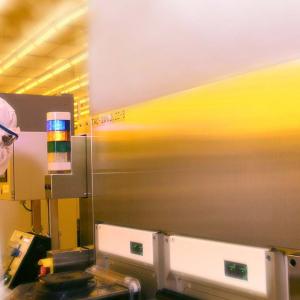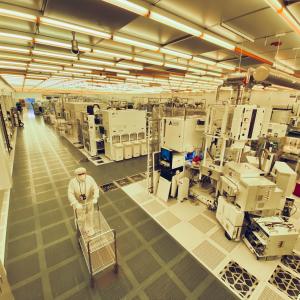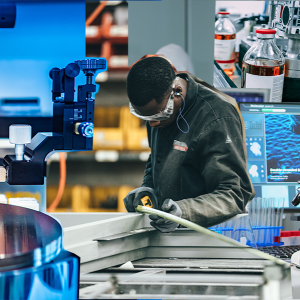Breaking Down Barriers to Technology Drives Domestic Sourcing
Institutes in the Manufacturing USA network are collaborating with research institutions and the private sector to provide a path for domestic manufacturers to be more innovative, efficient, productive and competitive. They are anchoring strategic supply chains in domestic manufacturing by connecting companies, developing new products and streamlining cost-efficient manufacturing while addressing gaps and supporting key policy areas like infrastructure and clean energy.
The network’s sharing of insights, removing barriers and making the complex simple will ensure that:
- Research and development remains accessible to U.S. manufacturers.
- The often-prohibitive costs of deploying technology solutions will be reduced, giving all manufacturers access to real-time business improvements in operations.
- Small- and medium-sized manufacturers will remain the foundation for a strong economy and national security.
- Rebuilding the supply chain and re-emphasizing domestic manufacturing will create new jobs and provide retraining opportunities for underutilized workers.
Disruptions in the global supply chains have led many companies to scout for domestic sourcing. The procurement issues have shed light on benefits beyond the per-unit costs, such as:
- Total cost: Looking at the true cost – parts and supplies, freight, tariffs and time – rather than looking at just the per unit purchase cost.
- Reliability: Overseas suppliers means living with tariffs, global politics and economies and natural disasters in faraway places.
- Trust: Relationships become critical during disruptions and are key in understanding if a supplier can grow and innovate alongside you. Working with a domestic supplier also decreases the chances of IP theft.
The network also is engaging in projects that will make domestic manufacturing processes more efficient so that products can be cost-competitive, and finding ways to reuse parts of retired products to reduce dependency on foreign sources for raw materials.
The Manufacturing USA network is delivering on its mission to strengthen the competitiveness and resilience of U.S.-based manufacturing through its approach to innovation and anchoring supply chains in domestic sourcing.
News
External News

Experts with diverse manufacturing backgrounds from the Manufacturing USA network, presenting at the South by Southwest Conference in Austin, Texas, last month, explored U.S. manufacturing, what technologies the next few decades will bring, and what steps manufacturers big and small can take to future-proof their business.
While manufacturing has...
Join us for a podcast episode tailor-made for small-to-midsize manufacturers looking for a leg up on their U.S. based business. Guest Ira Moskowitz, CEO of the Advanced Robotics for Manufacturing (ARM) Institute, breaks down the mechanics behind today’s domestic supply chain rush. You’ll learn about federal and state-funded grants and programs...
Some of the images from the first weeks of the COVID-19 pandemic are indelible: doctors and nurses wearing garbage bags instead of gowns and reusing the same protective mask for days at a time; homemade plastic face shields replacing professional-grade models; live coverage of deliveries of personal protective equipment to hard-hit hospitals. The...
Opportunities
America Makes and the National Center for Defense Manufacturing and Machining (NCDMM) are proud to announce a new open project call funded by the Office of the Under Secretary of Defense for Research and Engineering’s Manufacturing Technology Office (OSD(R&E)), worth a total of $1.1M. The project call, Allied Additive Manufacturing...








